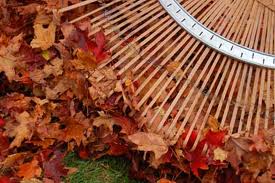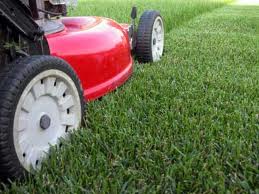Cold weather preparations should start now
A little extra care this fall will help to pave the way for healthier, thicker lawn growth when spring returns. Old Man Winter has a way of sneaking up on us, so the sooner the following steps are taken, the better.
Letting Your Lawn Breathe
Fallen leaves and other organic debris should be raked up and removed to prevent smothering your grass over the winter. If you have a compost pile, these items will make a great addition. To “clear the airways” even further, your lawn should also be aerated (if it hasn’t been already).
Taking it Down a Notch
As the growing season winds down, mowing height should go down too. It’s best to reduce the mowing height gradually over several cuttings to avoid shocking the grass.
Mowing should continue until grass has stopped growing for the year, and the final cut of the season should be about 1” above the thatch layer. This “short cut” will help the lawn to retain its color and resist disease over the winter months. It’s also beneficial to mulch clippings instead of bagging them, since they’ll add valuable organic matter to the soil.
Feeding the Roots
Your lawn’s root system is undergoing a growth spurt right as it works to convert nutrients into food reserves for the winter season. The nutrients provided by a heavy fertilization this fall will promote deeper, stronger roots to fortify your turf for the colder months ahead. Plus, fall fertilization will encourage earlier and thicker green-up in the spring.
For a hardier, healthier, better-looking lawn through the winter and into the spring, winterization is just the thing! Each of the practices mentioned here can make a world of difference for your turf.





